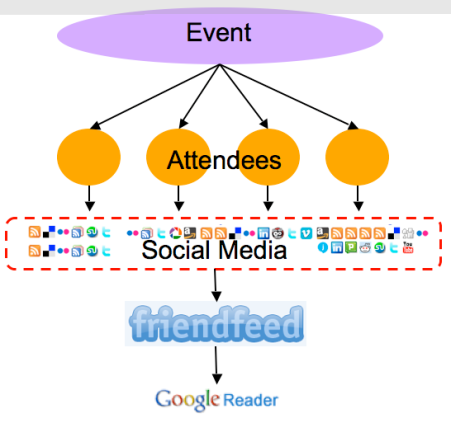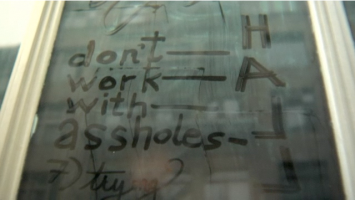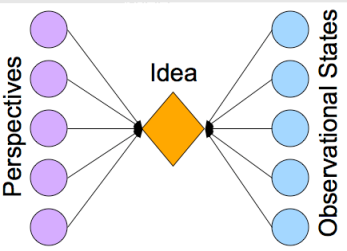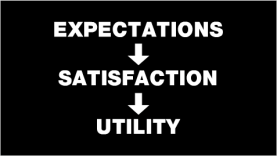How to archive events from multiple perspectives
The primary concept that the majority of my brain power has been allocated to has been the idea of community feeds that I discussed in my previous article, “Harnessing the Wisdom of YOUR Crowds: Why the Wisdom of Crowds Is Flawed” .
However, another interesting concept grew out of my efforts to create one of these community feeds around the attendees of the 2008 Blogger Social that is taking place in New York.
Community Event-streaming
How many parties have you been to where the host asked everyone to upload pictures to a Flickr group or videos to a YouTube channel? Everyone wants to crowdsource the task of capturing a moment in time as one person can’t be everywhere at once, but we still want to experience everything.
Now pictures and videos are nice, but what about capturing the conversations that give the media context? Currently it is lost and you need your friends to walk you through their albums for the full effect.
The solution?
1. Create a Friend Feed account with the name of the event
2. Friend everyone that will be attending
3. Export the aggregated information through RSS
4. The RSS channel becomes the archive of everything that happened at the event, which can be search and explored at a later date
The aggregated feed aggregates photos and videos, but also the Tweets and Blog posts that provide the content with context in a chronological stream.
As a proof of concept I have built a feed for the Blogger Social ’08, so I hope all those that couldn’t attend join us:
http://friendfeed.com/?format=atom&auth=ci5OJSGPdxTmIWac















Recent Comments